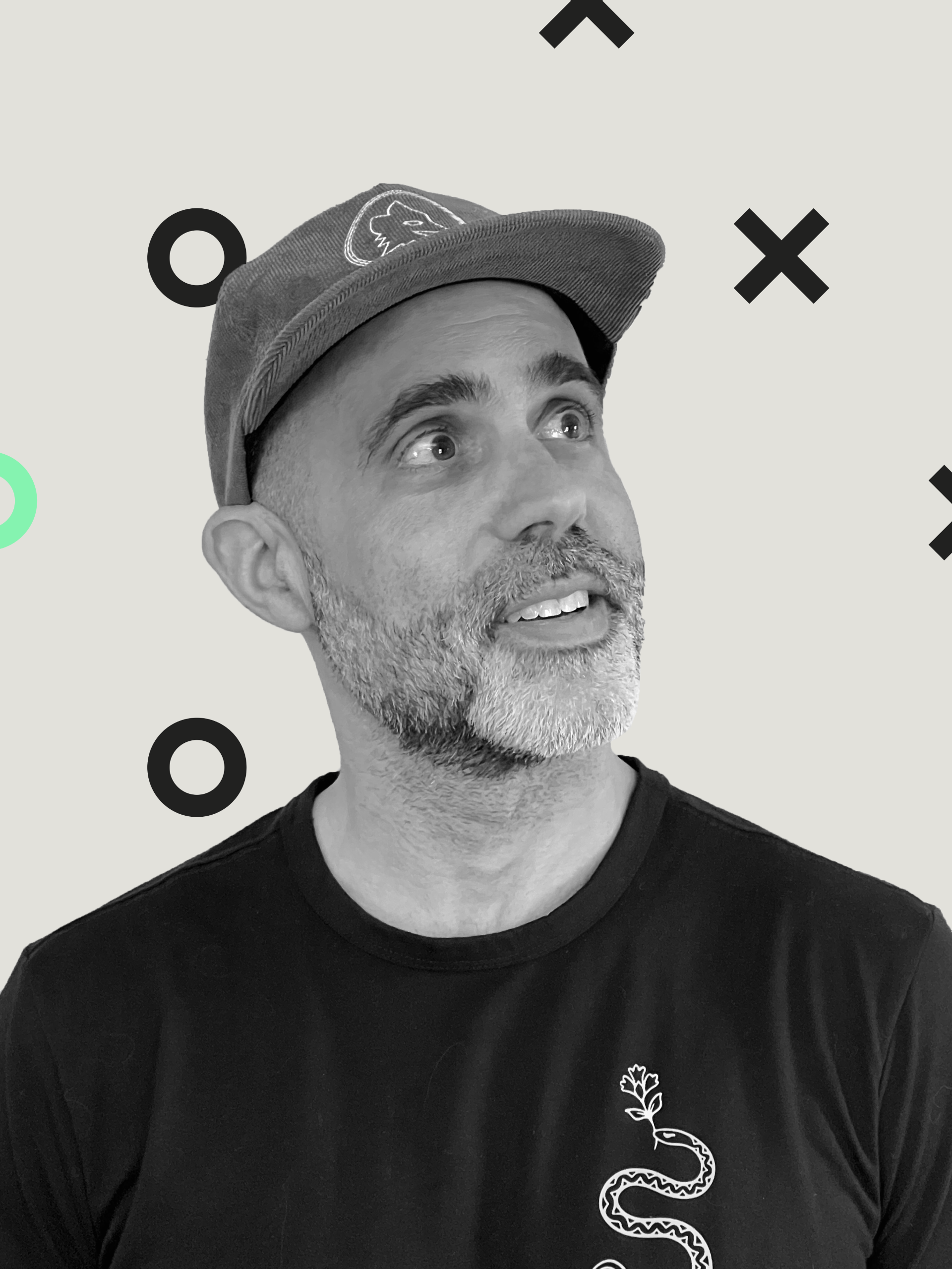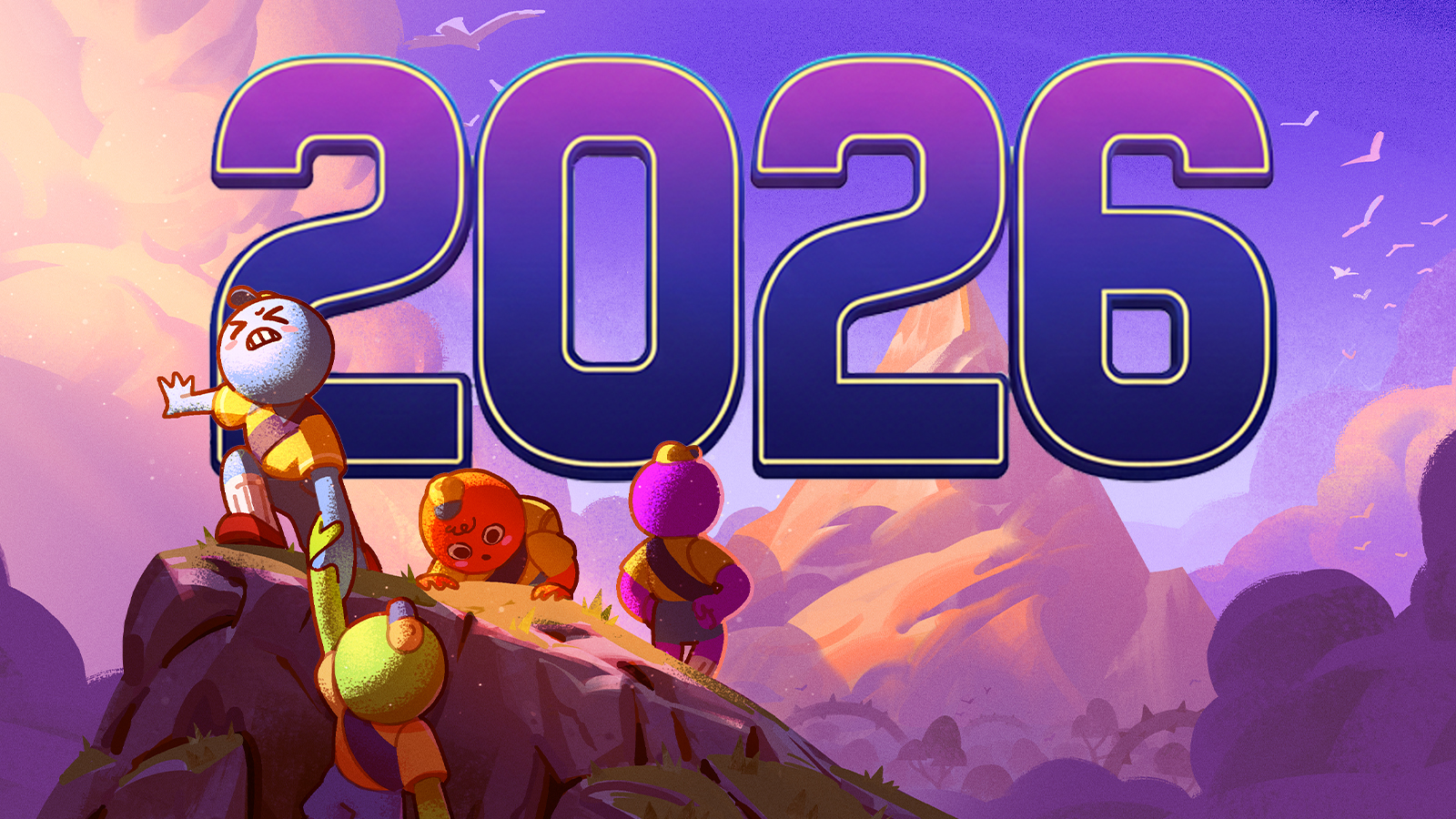Why creative agencies must abandon excessive collaboration
We are drowning in groupthink, says X&O co-founder, Eric Segal.
The advertising industry has become a lumbering behemoth choking on its own process. Gagging on hierarchy, shovelling too much collaboration into its pie hole.
Yes, we’re about to pooh-pooh collaboration. That laudable concept agencies pinky promise would-be clients they have oozing from their pores. That practice they preach to their interdisciplinary multi-tiered team to ensure everyone is involved and every voice heard.
“Ideas can come from anywhere!” they cry.
Yes. But not from everywhere, by everyone, all at once.
In order to make the best adverts you have to have the best processes, and this is where agencies are going wrong.

Agency hierarchies are not ladders to greatness. They’re chains (of command) that can bind creativity to the ground. Each rung a graveyard for bold ideas, every round of approval a funeral for innovation. The overemphasis on collaboration and brainstorming are not opportunities for idea building. They’re orgies of groupthink where the lowest common denominator often reigns supreme.
Having spent much of my career within the walls of large and medium-to-largish shops, I’ve witnessed firsthand the bit too democratic, way too bureaucratic, overly collaborative capitulation that plagues not just an agency but their clients as well.
Daily design news, reviews, how-tos and more, as picked by the editors.
It happens across the board. Even at the leadership level. Even when the group of folks running the show are supremely talented and exceptionally bright. Perhaps especially so.
Because ideas come from anywhere. Because everyone’s got one. But if everyone’s got one, why not grab the one and all agree to run at it? Well, because collaboration. Because we think together we can painstakingly build an idea that is more formidable, more bulletproof than that idea some single person just instantly plucked from the ether.
The larger the team, the more layers of approval processes, the more check-ins on the calendar, the more everyone invited feels the need to put their thumbprint on a thing. And that noble idea of collaboration becomes the unseen hand that suffocates the magic.

When you have the right brain working on a project, undistracted by the chaos of multiple assignments, unburdened by countless opinions, you get better outcomes at a faster pace. Experience and gut instinct often outshine the compromises that come from a group setting. This is the essence of conviction over consensus. Trusting your instincts, leaning on your personal experiences, finding your unique voice and ultimately birthing that thing that could only come from your head.
This is not to say that collaboration is unnecessary. True collaboration is a vital part of the creative process (where would Hall be without Oates), but it needs to be done right and only when necessary. Real collaboration builds up ideas rather than tearing them down or getting lost in the quagmire of conflicting agendas. Committees dilute the vision and clarity of a project, transforming vibrant ideas into a mishmash of appeasement. They can criticize, but they cannot create. As Ogilvy famously said, “Search the parks in all your cities. You’ll find no statues of committees.” Or this dandy from Sir Banett Cocks, “A committee is a cul-de-sac down which ideas are lured and then quietly strangled.”
Most campaigns today are overly complicated, reflecting a laundry list of objectives and attempting to reconcile the divergent views of too many players. By trying to cover too many bases, they end up achieving nothing significant. Many campaigns and ads feel like the minutes of a meeting.

So how do we break free? First, eliminate unnecessary meetings. And check-ins. Oh, and meetings about check-ins. Nvidia CEO Jensen Huang recently stated that he never schedules meetings with his direct reports unless absolutely necessary. This approach minimizes distractions and allows him and his team members to focus on core tasks.
Second, encourage an environment of trust. Trust your team enough to allow them to trust their own instincts. Protect their time. Give them the freedom to cook. It’s often the senior leaders, spread the most thin, who can add the most value when allowed to concentrate on fewer, more impactful things. And once they have the idea, don’t be afraid to let them hand that off to their juniors to build upon, execute and learn from. Just because an answer came from the top, doesn’t mean it's wrong.
Also, this is advertising, not math. There is no one right answer. Pick a thing and make it wonderful. Build it up. Craft the heck out of it.
To foster true creativity and innovation, we must eschew hierarchy and embrace the power of conviction. It’s time to stop drowning in the sea of excessive collaboration and breathe life back into our individual creative processes.
We must remind ourselves that the next big idea we fall in love with out in the world will have come not from consensus, but from the magical wandering mind of a person, protected by their conviction to survive against all odds.
Either that, or learn The Heimlich.
We recently discussed the profound threat creative agencies are facing from the creator economy. Could this be the answer?

Eric Segal is co-founder of X&O, an expert network built to get to bigger ideas faster. Eric has more than 20 years experience in advertising and marketing, serving as Chief Creative Officer of agencies including Anomoly, Grey and McCann.
